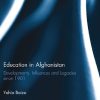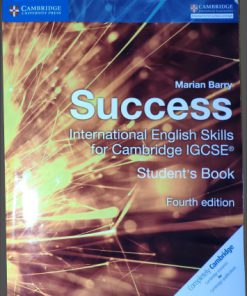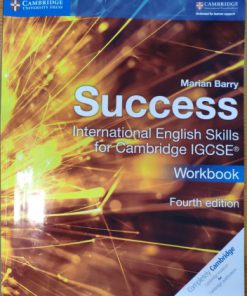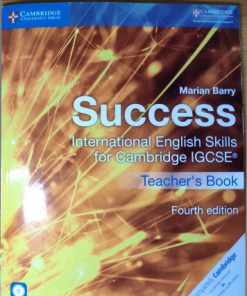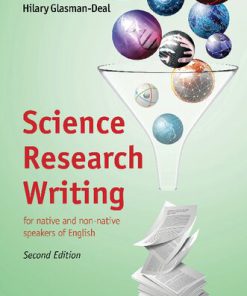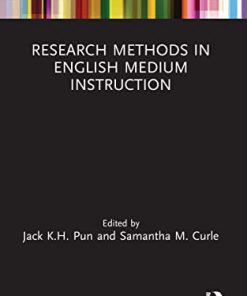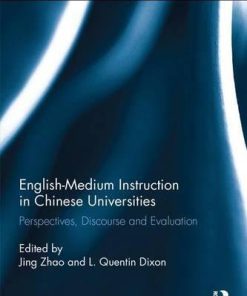English Literacy Instruction for Chinese Speakers 1st Edition by Barry Lee Reynolds,Mark Feng Teng ISBN 9811366527 978-9811366529
$50.00 Original price was: $50.00.$25.00Current price is: $25.00.
English Literacy Instruction for Chinese Speakers 1st Edition by Barry Lee Reynolds, Mark Feng Teng – Ebook PDF Instant Download/Delivery: 9811366527, 978-9811366529
Full download English Literacy Instruction for Chinese Speakers 1st Edition after payment

Product details:
ISBN 10: 9811366527
ISBN 13: 978-9811366529
Author: Barry Lee Reynolds, Mark Feng Teng
Written with an emphasis on instruction, policy, practice, and assessment, this book focuses on English literacy at the pre-primary/primary, secondary, and university level, and discusses literacy policies in the region. An easy-to-read, solidly grounded book, it offers practical, thought provoking resources for classroom teachers and educators. It notably features explanations of key literacy skills, up-to-date research findings, and classroom applications that are contextualized for mainland China, Hong Kong, Macau, and Taiwan. This book provides pre-service and in-service teachers, English classroom practitioners, language teacher educators, literacy researchers, and students in research/teacher training programs a core set of instructional techniques on how to incorporate literacy-related ideas into English language classrooms. A valuable pedagogical resource for teaching and learning L2/EFL literacy, this book also highlights discussions on language and literacy policies and new examples of actual classroom teachers that have put English literacy instruction into practice.
Table of contents:
1. Introduction
1.1 English foreign and second language literacy development in Chinese Speaking Asia: What do we know?
2. English Literacy Instruction for Pre-Primary and Primary Education
2.1 Developing a school-based reading program for lower-grade primary learners: The case of a primary school in Hong Kong
2.2 Measuring the vocabulary knowledge of Hong Kong primary school second language learners through word associations: Implications for reading literacy
2.3 Second language literacy instruction for pre-primary learners in Hong Kong: Using stories, songs, and games
2.4 The effectiveness of tailor-made content and language integrated learning materials for Taiwanese primary school students’ literacy development
2.5 English literacy instruction in Macau primary education: What can we learn from the Award Scheme on Instructional Design?
3. English Literacy Instruction for Secondary Education
3.1 English literacy development in Mainland Chinese secondary English classrooms: Pedagogical recommendations for enhancing formulaic language
3.2 Spaced multi-draft composing and feedback in Mainland Chinese English as a foreign language secondary school writing literacy
3.3 Evolution of writing assessment in Hong Kong secondary schools: Policy, practice, and implications for literacy development
3.4 Developing thinking skills in English literacy instruction in Taiwanese secondary schools: Teachers’ perspectives
3.5 Literacy skills education from the perspective of English as a Lingua Franca: A case study on Taiwanese students’ secondary English language education experience
3.6 Teaching reading in the Macau secondary English classroom: Some critical issues to consider
4. English Literacy Instruction for Tertiary Education
4.1 Critical investigation of intercultural communication instruction: Building mainland Chinese university students’ critical language awareness and intercultural literacy
4.2 Innovating English literacy instruction: A writing center at a Chinese university
4.3 Developing second language literacy: Taiwanese college students’ error types in focused feedback effectiveness
4.4 Hong Kong college students’ perceptions of continuous assessment in the context of academic literacy instruction
4.5 A longitudinal study of second language literacy instruction through assignment design at the University of Macau
5. Education Policy Towards English Literacy Instruction
5.1 Language tug-of-war: When English literacy education encounters the national matriculation English test policy in mainland China
5.2 The “biliterate and trilingual” policy in Hong Kong primary school education
5.3 Moving towards content-integrated English literacy instruction in Taiwan: Perspectives from stakeholders
5.4 An examination of language planning and policy: Implications for language and literacy education in the Macau education system
6. Conclusion
6.1 English foreign and second language literacy instruction in Chinese speaking Asia: Future directions and implications
People also search for:
formal modeling and analysis
are formal and formative assessment the same
what does formal analysis mean in art
what is formal analysis in art
what is formalism/a formal analysis
Tags: Barry Lee Reynolds, Mark Feng Teng, English Literacy, Instruction for, Chinese Speakers
You may also like…
Education Studies & Teaching - Education - General & Miscellaneous
Education Studies & Teaching
Education Studies & Teaching - Education - General & Miscellaneous
Success International English Skills for Cambridge IGCSE Workbook Marian Barry
Education Studies & Teaching
Reference - Writing
Languages - English as a Foreign Language & Reference
Research Methods in English Medium Instruction 1st Edition Jack Kwok-Hung Pun
Education Studies & Teaching
dictionaries & phrasebooks


